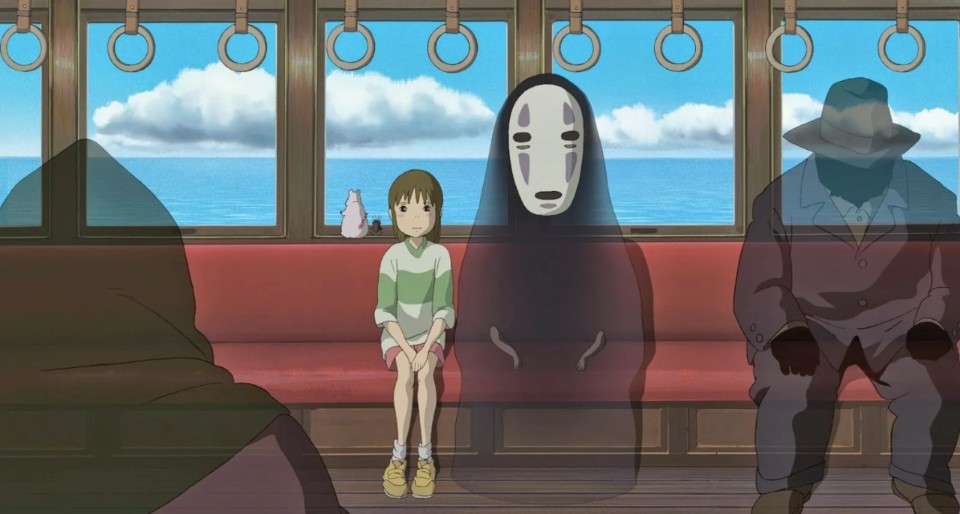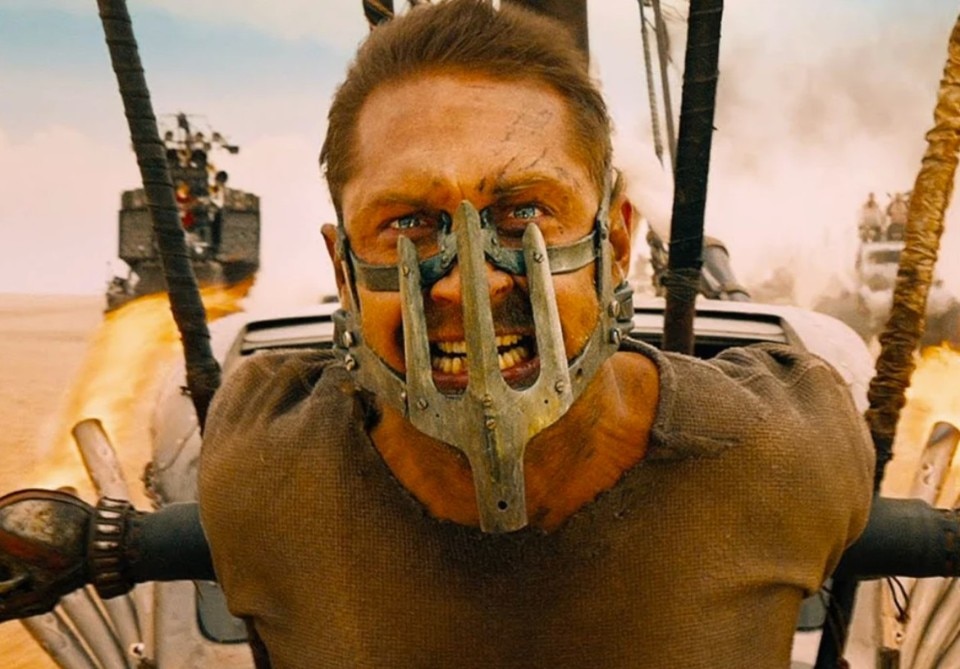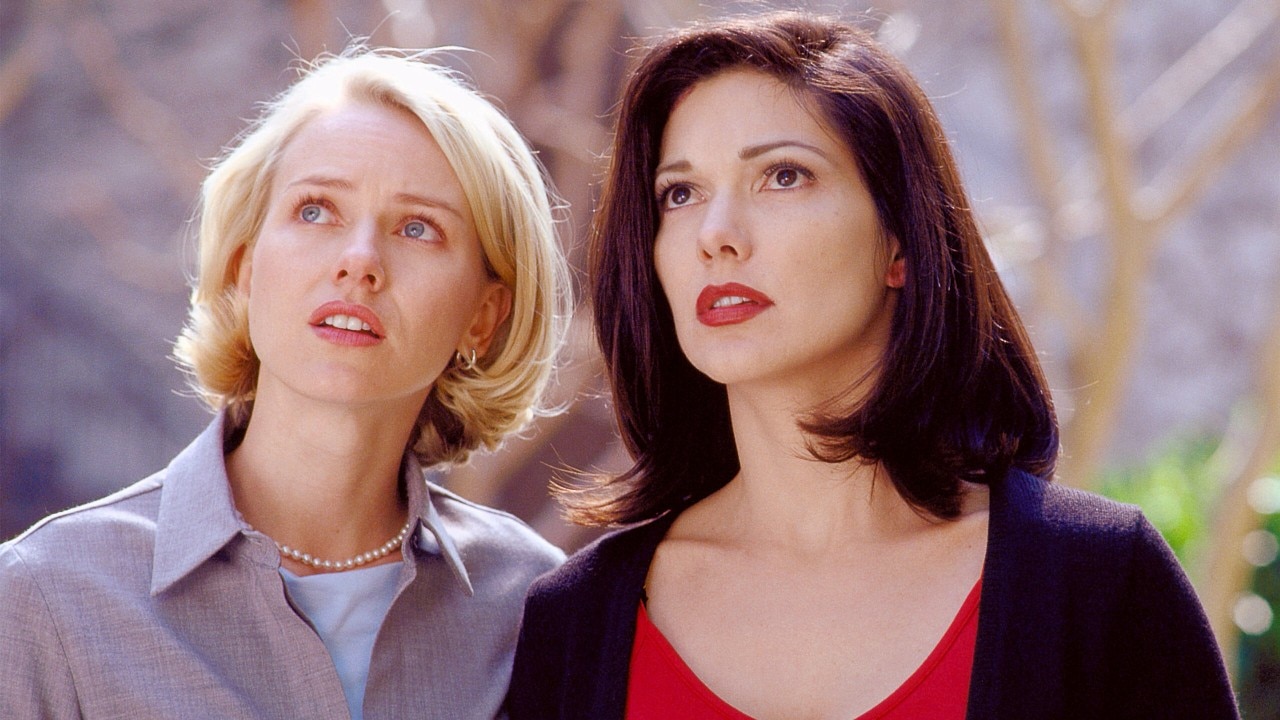Cinema proceeds by small changes, innovations and the coming and going of different styles that, when established, then spread like wildfire. We have chosen the 20 films of the 21st century that you must have seen not only on the basis of taste but also on the extent to which they were able to impose a new standard, introduce innovative elements and, by their goodness, change the cinema that came after them, influencing and conditioning it.
The films of the 21st century that you must have seen we have put them in alphabetical order and not in ranking.
Boyhood (2014)
2014 was the year in which a film project such as had never been attempted came to fruition: making a film whose story takes place over ten years, actually shooting it over ten years, a little piece each year, so that the main characters actually grow up or age. The idea itself is attractive; the result is beyond imagination. Richard Linklater has not only made a film that is ten years long, but he has made a beautiful one, in which the fact that we see time passing on the faces and bodies of Ethan Hawke, Patricia Arquette, and the younger characters as they go from 10 to 20 years old is a most powerful added value.
Call me by your name (2017)
André Aciman's novel, rewritten for film by James Ivory with Luca Guadagnino and Walter Fasano, becomes a film about summer and summer loves. The story is about a boy who, on vacation at his country home in the 1980s, meets a colleague of his father's, a few years older than him, and develops his first great love affair. Guadagnino makes it a film of sensations, of summer smells, of sunburned bodies, of shade and breeze after lunch, of 1980s evening discos and small bars in provincial places in northern Italy. A film of which one remembers every environment, the feel of every fabric worn and the itch of every blade of grass. The impossible dream of feeling a film with touch made reality.
Spirited Away (2001)

The pinnacle of Japanese animation in imagination, creativity, daring, and achievement. Golden Bear at the Berlin Film Festival (never happened before) and Academy Award for Best Animated Film. The film that made Hayao Miyazaki leap into the mainstream and made him known to all. One of the most sensitive works in Japanese cultural history and a triumph of inventiveness and imagination in every image.
Il divo (2008)
Italian politics and Italy can only be told through the grotesque, only by using inventive and cynical humor to say what seriously would be complicated to say. Sorrentino's fascination with power finds full fulfillment here, in the telling of the most accomplished form of bureaucratic power: gray, shadowy and austere. The court of politicians around Giulio Andreotti, the most powerful figure of Italy's twentieth century, is a circus of absurd and enjoyably absurd personalities. Instead, he is the very embodiment of a state that for decades was an impossible machine to penetrate, a highly bureaucratized system that had set up an entire mechanism to perpetrate nefarious deeds with no one to take responsibility.
Dogman (2018)
The cue is an Italian crime story: the murder of a man killed by the person who was tormenting him. But it's not that story there, that's just the pretext for a plot of little men, little people in a place on the edge of everything. And within that pretext is the story of a father with a daughter, who are in a forgotten place, who seem to be of no interest to anyone and yet love each other like flowers in muck. Events and the interweaving of bullying and crime bring out a relationship so tender and feelings so true that it is so hard not to be moved.
Drive (2011)
When Drive arrived, it seemed that a new standard was about to set in. It was a huge success, and that very unique mélange of electronic music, slowed-down tempos, action, toughness, and strong romance appealed to everyone immediately. It was something from the past mixed with a staging and style from the future. It was the culmination of more than a decade of evolution of Nicolas Winding Refn's style, which then kept changing by going elsewhere, not wanting to replicate that success, terrified of losing his personality. It remains one of the most successful experiments in art cinema jumping into the realm of commercial cinema ever.
Emilia Perez (2024)

A point of no return for stories of sexual fluidity. Criticized (a little) and embraced (a lot) for its depiction of sexual transition, but most of all admired for its incredible ability to bring together the mafia film, Almodóvar's cinema of transforming bodies, and then the French-style musical, and still, at certain points, comedy. Emilia Perez is first and foremost one of the most complicated films to write ever. That it is then also directed with the freedom and impression of simplicity it has is impressive, enjoyable, sensitive, and impossible not to love.
Inside Out (2015)
"What if feelings had feelings?" Pixar's great era, the unprecedented one in which for some 20 years it created masterpieces in a row one after another, ended with the one that perhaps brings them all together. The story of feelings struggling and fighting inside a little girl is also a representation of what we human beings are and how we function. The boundless ambition of this cartoon is to tell how even the less pleasant feelings, represented by sadness, are important for growth and formation and directly related to the better ones. Hard to explain, but crystal clear in this childhood film that makes adults cry.
Children of Men (2006)
Europe in the 2000s zero years, summed up in a science fiction film set in the future. At the time The Children of Men came out, it seemed like a highly imaginative invention with an outstanding cue: the world is ending because women are no longer able to bear children and the human race in the process of becoming extinct is at its worst; the protagonist, however, finds a woman mysteriously pregnant. Seen today, it is a film in which European cities are filled with armed forces, as happened at the height of the terrorism phase, in which the human race has the impression that it is at the end of its life cycle, an idea later spread with the growth of awareness regarding climate change, and in which hope for the future is a chimera. Decades from now we will watch this film to understand those years.
La La Land (2016)
The very idea of being able to recapture the joy, the lightheartedness and then the sense of the melodramatic of the musicals of the 1950s or 1960s and transfer them into modern time, with modern music, modern characters and a modern story, without all of this jarring, but rather managing for a moment to make the audience feel the way the audience of An American in Paris might have felt, is out of this world. There have been so many musicals in the 21st century, none have really been loved, appreciated and enjoyed like La La Land, none have recovered the ultimate meaning of this genre and what it can give a film like this film.
Mad Max: Fury Road (2015)

The processing was impossible, the planning even worse. It was supposed to be done in the 1990s and, by dint of problems, postponements and issues, it was done in the 1910s. And when it was made, too, it was a frenzy. Yet the result is the most exciting "moving object" film ever. Mad Max: Fury Road is the rare example of a film spawned not from a script but from a storyboard, existing only by the images it puts on the screen and telling its story with movements rather than words. It is the story of a vehicle-based chase in a post-apocalyptic world, with a standard of action, pacing, and meticulous editing aimed at making everything understandable that no one has since replicated.
Mulholland Drive (2001)
The highest point of the art of one of the greatest artists of the twentieth century. A film that is followed not by logic but by instinct, in which everything there is to understand comes through suggestion and the creation of a reality made up of sensations rather than cause-and-effect relationships. A story full of small obsessions (the world of show business, sex, 1950s music) that flows into the tale of a complex and layered interiority: the sense of tension toward the darkness that exists within every human being.
Parasite (2019)

Twenty years of the evolution of South Korean cinema led to Parasite, that country's biggest hit and one of the most important films for understanding that part of the world, its class division, and the acrimony and sense of injustice in a place where rapid modernization and hastily arrived wealth have created powerful inequalities. The poor take advantage of the rich, not understanding that it is always the rich who take advantage of them anyway. The image of the man imprisoned in the dungeon who turns on the lights at the mere passing of the rich man (without his knowledge), head-butting against the switches, contains a world within itself.
Past Lives (2025)
A boy and girl in Seoul begin a romance when they are 15 years old, but she and her family move to the United States and they never hear from each other again. Twenty years later they meet again. Social media put them back in touch. They have become different people, he grew up Korean, she has a cross-cultural identity. Each has made a life for himself, even sentimental, independent. That meeting triggers something that cannot be explained in words but can be understood by watching the film, something between nostalgia for a time gone by, a love that was never finalized, and the feeling that it is too late for everything. The new century is one of easy displacement, of people born one way and living somewhere else, and this is the story of all the stories of these people in between different cultures. The only one to put on the screen a feeling that no one has ever told before and yet everyone can recognize as their own.
The Raid: Redemption (2011)
The West, that is, a Welsh director, and the East, the Indonesian martial arts film world, joined together for a film made in Indonesia that changed the whole way action is done. The Raid - Redemption is the story of a member of the special forces who, with his team, must penetrate a building on the top floor of which is a crime boss to be arrested. Almost immediately the whole team is taken out, only he is left to take on everyone, floor by floor to the top where, little did anyone know, he must also rescue his brother.
Camera taking part in the action choreography, superior speed and planning than usual, and a clarity in composing the shots of the fights never seen before. Martial arts cinema has always been a serious business in the East. This film combines it with the craft for filmmaking that exists in the West, and today everyone is making films this way. Or at least they try.
A Separation (2011)

A fast-paced, thrilling word thriller, made all about sharp dialogue and contrasting points of view that bounce off the viewer. We are continually led to side with one side and then the other, without ever being able to tell who is right and who is wrong, in one petty matter: a woman accuses a man of pushing her and causing her to fall, he says she fell on her own. The web of lies, secrets, discoveries and entanglements that unfolds from this quarrel is incredible and opens the mind about the impossibility of really knowing reality. It was the first Iranian film to be known in the world (Academy Award for Best Foreign Language Film) and launched the next fifteen years of outstanding works released clandestinely from a country that censors them. The best possible cinema, made under the most difficult conditions.
Stop the Pounding Heart (2013)
The 21st century has been one that has revised cinema's relationship with reality. Not only have fiction films begun to be drawn from real stories that seem unbelievable, but documentaries have become increasingly important and have begun to change their language and style, opening up to a thousand variations. Stop the Pounding Heart is the culmination of this process: a documentary that, to look at it, would appear to be a fictional film. The story of a very religious family in deep America and their daughter's loves, unscripted but filmed for what it is, with movie lenses and fictional film language. The transformation of ordinary stories of ordinary people into storytelling, so that in addition to their immediate meaning they take on a higher one, given by cinema.
Blue is the Warmest Colour (2013)

Is it possible to tell the story of a girl's first real great love as she comes of age, holding together the more tender and sentimental part with the more hormonal, sexual and carnal part? Is it possible to stage sex for what it is, and then the romantic stun and suffering, exactly with the physical components they entail? Blue is the Warmest Colour, taking its cue from a graphic novel manages to create the feeling of feeling bodies, skin, and bodily fluids in a film. Approaching porn cinema as closely as possible but never ending up in that kind of representation, while at the same time writing a story of exceptional sensitivity, Kechiche finds a point on the spectrum between love and sex where one can find oneself. Or at least one can hope to find oneself sooner or later.
Inherent Vice (2014)

He has made many memorable films Paul Thomas Anderson has made in the 21st century. He created the epic of There Will Be Blood and then that of The Master, but this strange detective noir, a little bit comic a little bit serious, in which there is a mystery that contains another mystery, investigating which uncovers so many other mysteries that you don't understand any more, is a beautiful tale. It comes from a Pynchon novel and manages to hold together the nostalgia for a love that has ended (that of the detective for the woman who asks him for help and then disappears), the sense of dizziness in the face of something one does not understand, the absurdity of life, and a piece of American history. One of the rare perfect films.
Wolf Children (2012)
A girl recently out of college meets a boy, falls in love with him, and discovers that he is Japan's last wolfman, meaning he can turn into a werewolf if he wants to. From their love two children are born and then he dies in an accident. The girl, very young, is left alone with two wolf-children who also unintentionally transform, and does not know what to do. In this animated film, the fantasy cue leads to no adventure, but is used to tell the story of the difficulties people grow up with, those of parents and children, using the metaphor of being both human and wolf to go deeper with feelings and (paradoxically) realism. Children grow into teenagers, changing character, relationships, and inclinations. The mother devotes her life to them until they are independent. And that is all there is to it. Beautiful.























